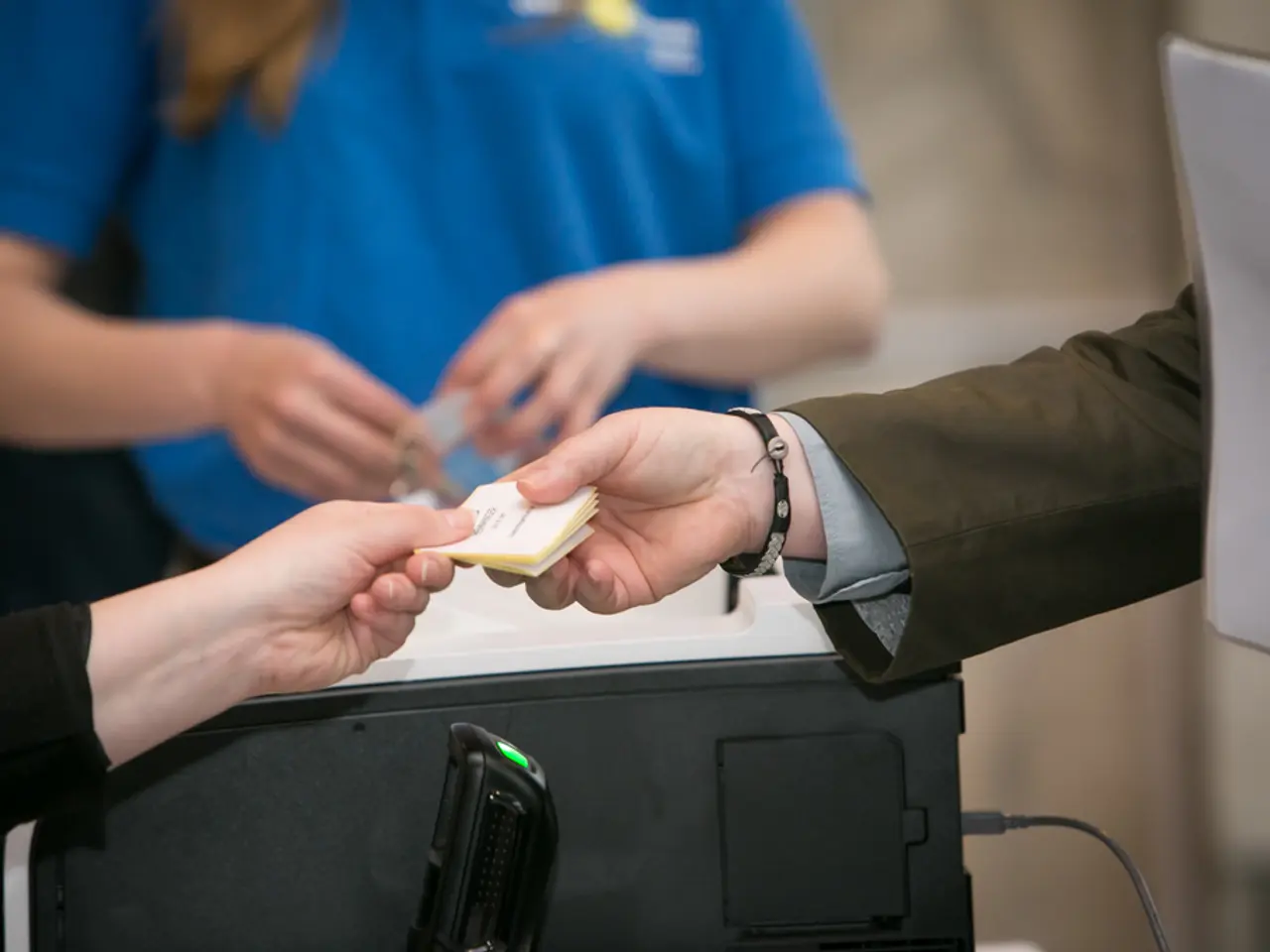Seven Proven and Practical UX Research Methodologies:
In the realm of User Experience (UX) design, a well-equipped toolkit is essential for understanding users deeply and creating products that cater to their needs. Here are some of the key methods that UX projects can leverage to achieve this goal.
Firstly, **Card Sorting**, a research technique originally from psychology, is an affordable and easy-to-understand method for gathering user input early in a project. This method involves users categorizing words or phrases on cards to evaluate Information Architecture (IA), providing valuable insights into how users naturally categorize information, and helping to build intuitive navigation structures.
**Expert Reviews**, another valuable tool, involve usability professionals assessing a product to identify usability issues and areas for improvement. This quick, cost-effective method provides quick, cost-effective insights into potential problems using established heuristics and guidelines, helping to prioritize issues by severity and impact, and improving overall user experience and accessibility without requiring large user samples.
**Eye Movement Tracking** offers objective data on where users look and for how long, revealing what captures attention or confuses users. This helps designers optimize visual hierarchy, layout, and content placement to ensure critical elements are noticed. Eye tracking enhances understanding of user behavior beyond self-reports, enabling refinement of designs for better usability.
**Field Studies** provide contextual observations of users interacting with products in their natural environments. This rich qualitative research uncovers issues not apparent in lab settings, informing design decisions that are grounded in authentic use cases and user contexts.
**Usability Testing** is considered the gold standard for usability feedback. It involves observing real users performing tasks to identify errors, inefficiencies, and confusion, providing direct evidence of what works and what doesn't, allowing iterative improvements and validation of design choices. Early and continuous usability testing reduces development costs and leads to better quality products.
**Remote Usability Testing** is a simpler and more cost-effective alternative to lab testing, allowing for a wider range of participants. It enables gathering usability data from users in diverse geographic locations, often in their own environments, increasing ecological validity. Remote tests can be moderated or unmoderated, supporting flexibility in research design.
Lastly, **User Personas** create semi-fictional, data-driven representations of target users, including their goals, behaviors, and pain points. These vivid portraits help teams empathize with users and keep design efforts focused on real user needs, guiding decision-making and prioritizing features to enhance user satisfaction and engagement.
Together, these methods provide a comprehensive toolkit for understanding users deeply—from their mental models and behaviors to usability problems and visual attention patterns—leading to more user-centered, effective, and engaging product designs. The technology is reasonably affordable and reliable for reproducing results, and many of these techniques, such as Card Sorting and Remote Usability Testing, can be conducted remotely using online tools. With these tools at their disposal, UX teams can confidently create products that cater to the needs of their users.
[1] Source: Nielsen, J. (1993). Usability Engineering. Morgan Kaufmann Publishers. [2] Source: Rubin, J. (2008). Interviewer's Guide to Usability Testing. Wiley. [4] Source: Tahir, A., & Hassan, A. (2017). A Comprehensive Review on Usability Testing in Web Design. International Journal of Computer Applications, 147(36), 27-31.
- To delve deeper into users' mental models, UX projects can conduct user research methods such as Card Sorting, eye movement tracking, and usability testing, providing insights into how users categorize information, visual attention patterns, and usability problems.
- Expert Reviews, another valuable tool, can help identify usability issues and areas for improvement, saving time and resources by prioritizing issues based on severity and impact, ultimately improving overall user experience and accessibility.
- User Personas can be utilized to create semi-fictional representations of target users, helping UX teams to empathize with users, keep design efforts focused on user needs, and ultimately enhance user satisfaction and engagement.
- Remote Usability Testing offers a more cost-effective alternative to traditional lab testing, allowing designers to gather usability data from a diverse range of participants in different geographic locations, resulting in increased ecological validity.
- In the home-and-garden, lifestyle, sports, technology, gadgets, or even football realms, digital products can leverage UX design principles derived from these research methods to create intuitive, efficient, and enjoyable user experiences.
- By implementing a well-rounded UX design toolkit incorporating these various research methods, UX teams can confidently produce user-centered product designs that cater to diverse user needs and preferences.




